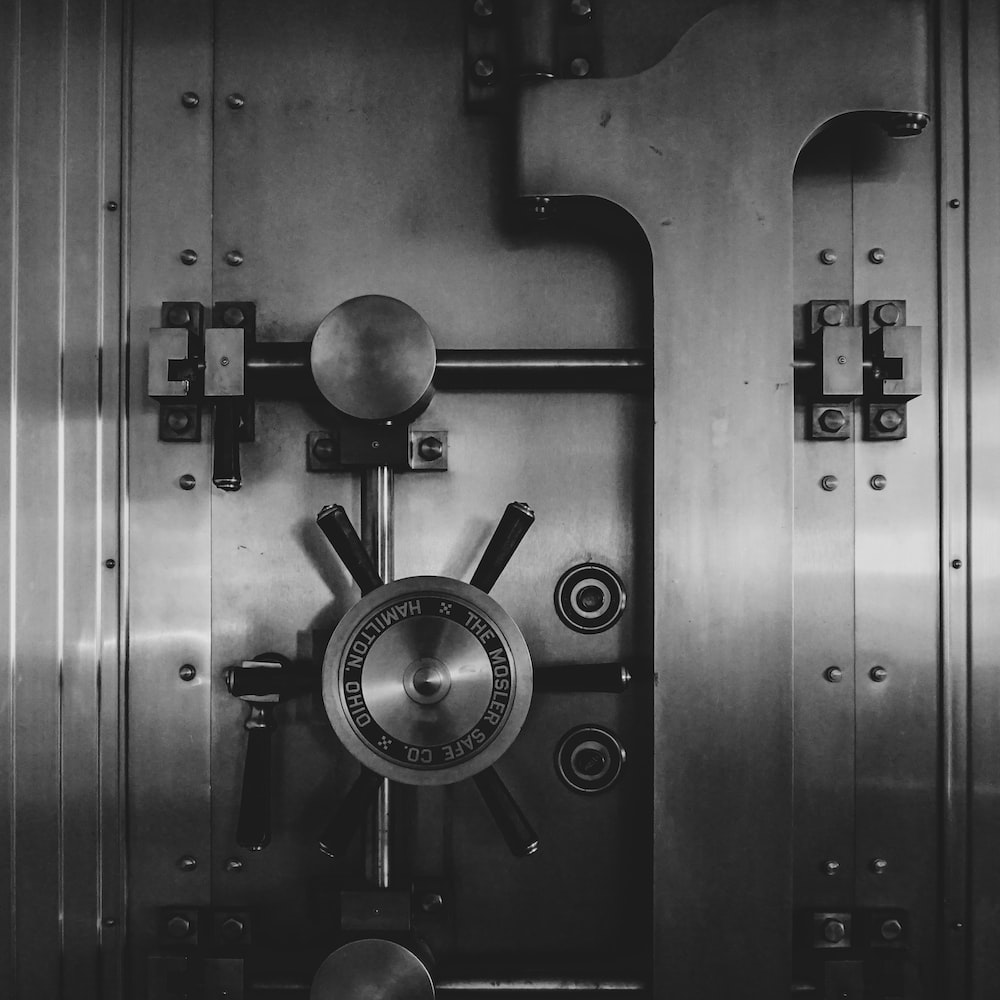
Steel is a common material used to make modern safes. Even though some fire safes now have walls made of concrete to protect their contents from fire and heat, the ancient Egyptians would be happy to know that their idea of storing their wealth in stone has been given a modern twist. If more proof is needed, it is sometimes better to leave things alone.
Most safes from the past were made to withstand fire, so they were filled with concrete or something else. This is why the safes are so heavy and have such thick walls. Back then, though, there were no standardized tests, so everything was a guess. A note from the safe’s maker was once stuck to the bottom of the drawer. The letter said that safe fire resistance was not a perfect science and that if this safe ever caught on fire, the condition of it should be sent back to the manufacturer so they can figure out how well their fire insulation works.
In the late 1800s and early 1900s, people liked steel safes that looked like solid wood. The Brevete, Magaud de Charf, Marseille safe made in the 1870s in the style of Napoleon III is a great example. It’s popular to fix up these safes and add humidors, cocktail bars, or minibars to the finished product. The special qualities of these beautiful antiques are kept safe in safes that are made just for them.
John Scott, whose hobnail safe was talked about in the last article, seems to have been the first person to use asbestos around 1840. In 1834, he was given a patent for how he used asbestos.
Most likely, British engineer William Marr made the first fire-proof safe in the modern style. His patent was issued in 1834, which is a very long time ago. Marr’s safe was unique because it had two steel walls with heat insulation in between them. Marr used finely crushed marble mixed with clay and porcelain because it was hard to find materials that would work as insulation.
How did people protect their own property before the time of passwords, automatic security, and even software that can recognize faces? Even though the safes that came before the ones we use today looked and worked differently, they were very advanced at the time. Some of the most complicated, secure, and interesting things ever made are these old safes and strongboxes. Unlike modern safes, which are mass-produced and lack the uniqueness and exclusivity of their ancestors, antique safes and vault cases are one-of-a-kind puzzles that hold the promise of hidden wealth.
What do old safes have on the inside?
“The old “knob-chests,” as they were called, were basically wooden boxes covered with thin sheet iron, then banded and strapped, and hammered together with huge nails. They had knobs or cast-iron heads that were easy to see.
Do ancient safes contain asbestos?
The short answer is no, asbestos has never been in fireproof safes and never will be. But before 1989, asbestos was often used as heat insulation, so it’s possible that safes made before 1989 had asbestos.
Do ancient safes contain concrete?
Most old safes were made to withstand fire, so they were filled with concrete or something similar. This is why the safes are heavy and have thick walls.
How much money are old safes worth?
A new safe can cost anywhere from $50 to several hundred dollars, but a used high-end safe in good shape often keeps its value well. Rare versions of old safes can be worth more than their original price because they are so hard to find.
What kinds of things were used to make bank safes in the past?
Franklinite. Alkali, clay, and alum. In these early rectangular bank safes, the two walls were often filled with soft steel rods that ran both up and down and side to side.
What metal do antique safes contain?
These were mostly made of iron, which was strong and could withstand fire. The inside walls were probably made of stone, plaster, alum, or maybe even asbestos.
Did the file cabinets have asbestos inside of them?
In the past, some manufacturers of safes and filing cabinets used asbestos to make their products fireproof. Remington Rand file cabinets and safes should be assumed to have asbestos unless testing shows otherwise. Because it gives off particles into the air, asbestos is bad for people’s health.
Are old safes safe against fire?
Even though they were made to resist fire, most old safes don’t qualify as “fire proof safes” because there wasn’t a standard fire rating system in place until about 1950. There’s no way to know how long an old thing would last in a fire, but some have done very well.
How does a person physically open a safe?
A locksmith will use a scope to cut a small hole in the side of the safe, and then slide a small scope through the hole to see how the lock works from the inside. Then, the locksmith can turn off the lock from the inside.
What do you do if you forget the combination to a safe?
If there is an override key, a locksmith can make it for you. If the safe is locked, a locksmith can get the original code from the manufacturer or carefully drill the safe so that it can still be used.
How do you get into an old safe?
Turn the dial to the right to unlock the bolt and open the safe. Keep turning until you hear a click or until it stops, at which point the bolt will have been released. Turn the handle and pull the door open to get into the safe.
Is having a safe at home a good idea?
Every year, one in six homes is broken into, so it makes sense to have a home safe to protect valuables like jewelry, small amounts of cash, collectibles, and important papers.